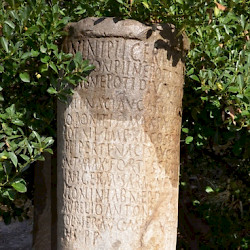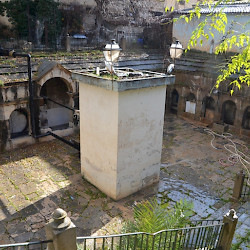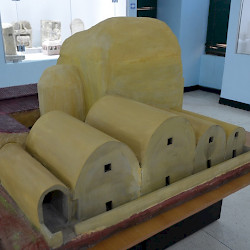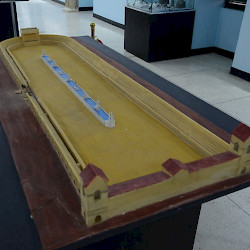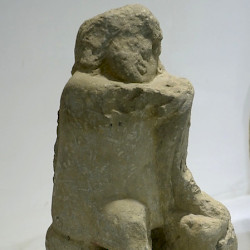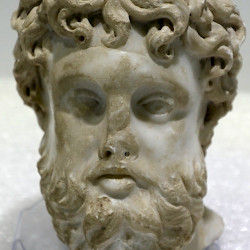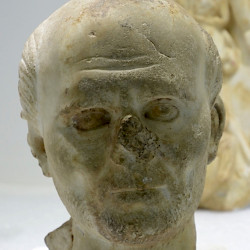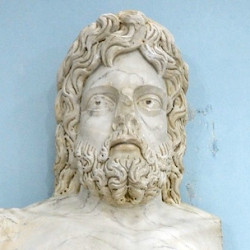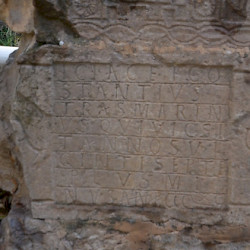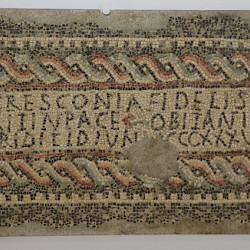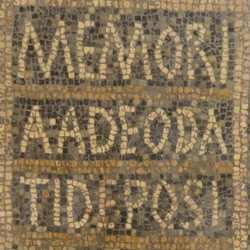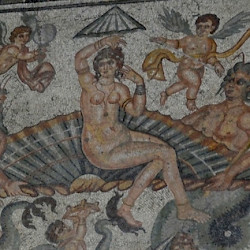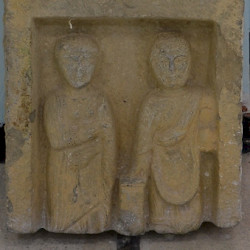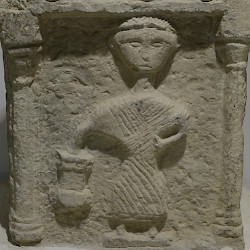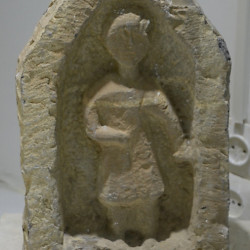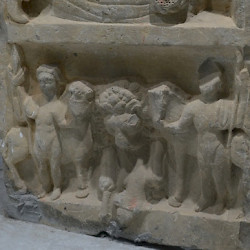Sitifis
Q22948828Sitifis (Greek: Σίτιφα): Roman city in the province of Mauretania Caesariensis, modern Sétif in Algeria.
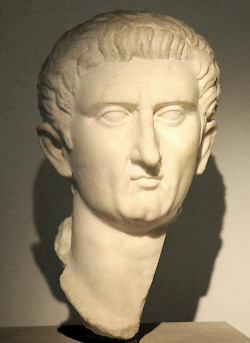
The Roman commander Julius Caesar had conquered Numidia in the first century BCE, but in 25 BCE, the emperor Augustus awarded this region to his vassal, Juba II of Mauretania. Caligula (r.37-41) annexed this kingdom and added the Hauts Plateaux to the Roman Empire.
Origin of the City
The new province, Mauretania Caesariensis, was defended against desert tribes by the Third Legion Augusta. Towards the end of the first century, the Romans started to develop this area. The legion moved westward, to Lambaesis. New cities were developed as well. Among these were Cuicul and Sitifis, dominating the Hauts Plateaux and founded by the emperor Nerva (r.96-98). Several years later, his successor Trajan (r.98-117) added another important city, Thamugadi.
Sitifis' name, which may be related to a Berber word azdif, “noir”, refers to the fertile soil. The fact that this area is about 1100 meters above sea level makes the climate pleasant, while the northern winds bring sufficient rain to allow agriculture. The Colonia Nerviana Augusta Martialis veteranorum Sitifensium, “Nerva’s august colony of veterans, dedicated to Mars, among the Sitifenses”, as it was officially called,note was to be a success story. (The Greeks called it Σίτιφα.note)
Second Century

The growth of the new city, settled by countless veterans of III Augusta, is documented in the eastern cemetery, which measures about a square kilometer. Over here, archaeologists have identified about 800 burials. In the city itself, they identified a bathhouse and a circus, which was about 450 meters long. The castellum, where the waters of the aqueduct were divided, is still visible in the Jardin Rafaoui.
Soon, Sitifis became the main urban center of the area and during the reign of Diocletian (r.284-305) and Maximian (r.285-305), it became the official capital of a newly created province, called Mauretania Sitifensis. These emperors are known to have persecuted the Christians; we learn about local martyrs, Justus and Decurius, who were venerated together with Saint Lawrence.
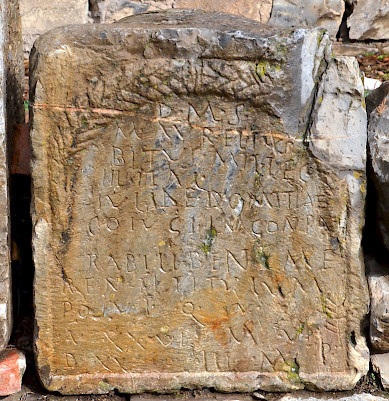
In the fourth century, when the Roman Empire was generally suffering from population decline, Sitifis continued to grow. The tomb known as the “mausoleum of Scipio” (the name has nothing to do with the famous Roman general who had lived more than half a millennium before) dates back to this age.
In 372, one of the most important Roman commanders of that age, Theodosius, took Sitifis as his headquarters in a war against a local rebel named Firmus.note Maybe the presence of soldiers of the Second Legion Herculia, documented in a dedication to Mithras, dates to this period. Perhaps the tombstone of a soldier of III Italica belongs to this campaign as well.
Late Antiquity
In the new, northwestern part of the city, two Christian churches were built (25x11 and 42x20 meters), decorated with beautiful mosaics, which can be dated between 378 and 429. These churches prove that Christianity was becoming popular. According to Augustine, the bishop of Hippo Regius, two thousand people were baptized after an earthquake in 419. He also mentions a local bishop, a school, and a monastery. There were several kinds of Christians in Sitifis, including those who listened to the patriarch of the West (i.e., the bishop of Rome, the pope), and those who followed the Donatist leaders.
The city was conquered by the Vandals, who would continue to Carthage in 439, and create a new kingdom in Africa. In this period, the bathhouse was restored. A famous fresco of the birth of Venus dates back to those years.
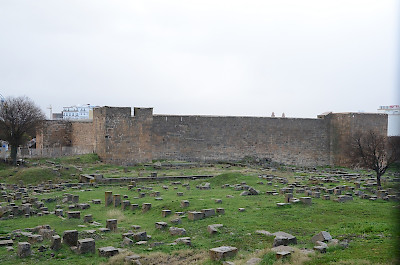
In 534, count Belisarius, fighting for the Byzantine emperor Justinian, reconquered Carthage an reintegrated Africa into the Roman world. Another general, Solomon, conducted campaigns in the interior and recovered Sitifis.note He also built new walls.note Donatist Christianity was outlawed but continued to exist.
The province of Mauretania Sitifensis was now called Mauretania Prima and was part of the administrative unit that was called the Exarchate of Africa. It was conquered in 647 by the Arabs and was henceforth known as Ifriqiya.
